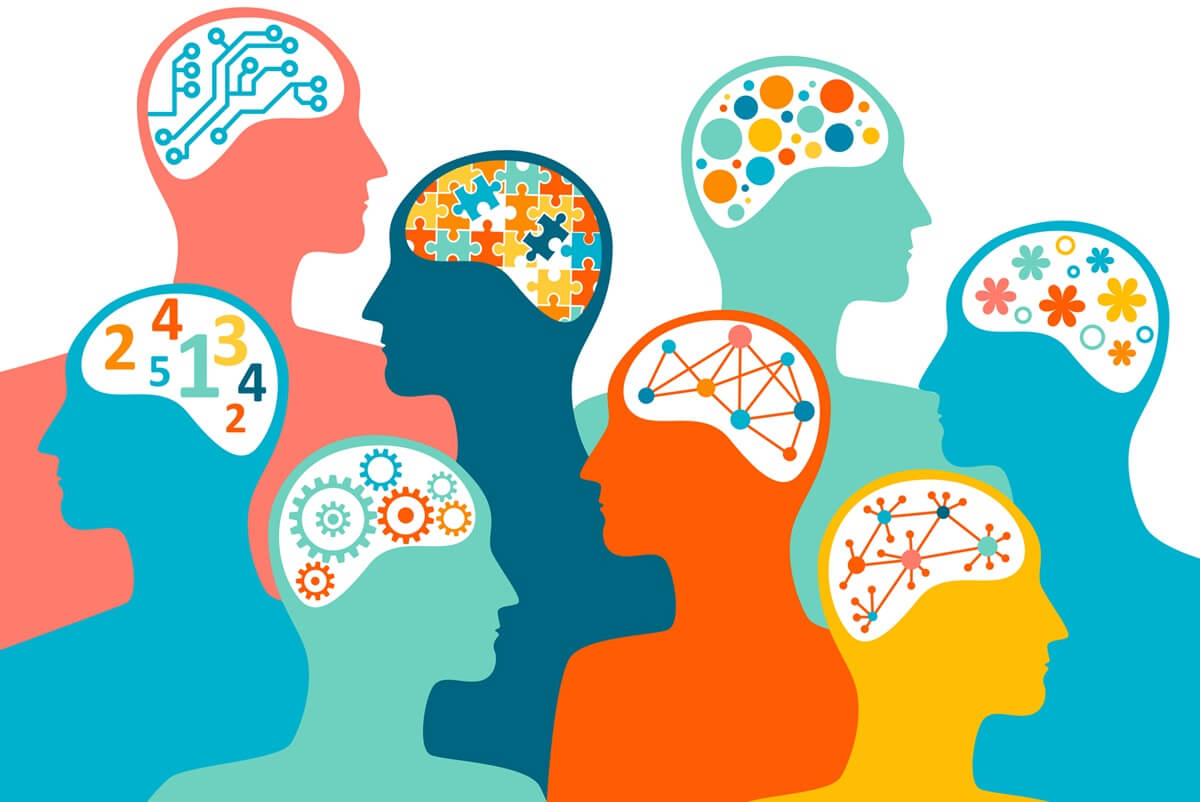Do you eat to live, or live to eat? Although this is a lighthearted question, if food seems to be the center of your existence, maybe it’s time to examine your relationship with eating. For example, do you happily eat pizza with friends, or do you hoard candy and anxiously anticipate when you can eat a boxful alone?
Lots of teens have a hard time with eating – maybe they eat too much, or eat too little, trying to diet and lose weight, or eat when they are not really hungry – these are all important. Eating disorders can occur on a spectrum that goes from having some eating issues with no health consequences to more severe eating disorders such as anorexia nervosa that can take over your life. Whether an eating issue becomes an eating disorder depends on the severity, frequency, and duration of the behaviors. A disorder is often characterized by a distorted body image and a preoccupation with food. According to the American Academy of Child & Adolescent Psychiatry, “as many as 10 in 100 young women suffer from an eating disorder.”
If you’re not sure if you have an eating disorder, you can take a screener online to determine the severity of your problem. If, for example, gaining a pound of weight throws you completely into a tizzy, this shows an excessive concern with eating. Likewise, weighing yourself constantly, obsessing about what you eat, avoiding eating, and other food-focused behaviors are red flags. Whether you do or don’t “officially” have an eating disorder, if you have any concerns about your eating patterns and behavior, it’s best to talk to your guidance counselor, nutritionist, or doctor who can help you figure out what to do next. And it’s always better to do this sooner rather than later.
Common Eating Disorders
Anorexia nervosa, bulimia nervosa and binge eating disorder (also known as compulsive overeating) are the most common eating disorders. Many teens develop eating disorders between the ages of 12 and 18, often due to changes in body shape and size, weight gain, peer pressure, or teasing about weight. Some kids also have depression or anxiety, which often go hand-in-hand with eating problems. Eating disorders can run in families due to hereditary factors and are also the result of lots of other things like personality traits, such as having low self-esteem, being a high achiever or being a perfectionist. There’s no one cause of eating disorders – usually it’s a combination of lots of things.
Anorexia Nervosa. People with anorexia are extremely afraid of gaining weight or being fat. They often starve themselves, restricting their intake by going on severe diets or just taking in liquids. Sometimes they use diet pills, which are quite dangerous. Some people with anorexia nervosa binge eat and then purge by vomiting, taking laxatives or exercising excessively. When they look in the mirror, they see themselves as much heavier than they really are. Anorexia nervosa has lots of medical complications and sadly, about 10 percent of people with this eating disorder die from these complications.
Bulimia Nervosa. People with bulimia nervosa eat a lot of food and then secretly force themselves to vomit or take laxatives before their body has a chance to digest the food or exercise excessively to prevent weight gain. But research shows that none of these methods actually work, and they are also quite dangerous. Surprisingly, bulimics may have a normal weight or can even be overweight. They often binge and purge in private and feel ashamed about what they do and don’t talk about it with anyone. People with this disorder often diet and are very focused on their weight and shape.
Binge Eating Disorder. Binge eaters eat compulsively even beyond the point of being full, but don’t do any purging. Because of their overeating, they often feel very ashamed and badly about themselves. Their body weight can vary from normal to obese. Binge eating is often done in secret and can be linked to both depression and anxiety.
Health Risks
Having an eating disorder can lead to serious medical problems and even death. Some of the most common health risks are:
-
Stomach pain and ulcers
-
Low blood pressure and pulse
-
Hair loss
-
Anemia
-
Swollen joints and brittle bones
-
Organ failure
-
Obesity (for binge eaters)
Therapy for Teens
Regardless of the diagnosis, all eating disorders require professional help. Through therapy and counseling, it’s possible for teens with eating disorders to recover and live normal and healthy lives. But it is very important for parents and other family members to get therapy as well to learn how to offer support and encouragement. Family therapy has been found to be very helpful for teens with eating disorders.
You can eat to live and not live to eat.
This article is republished from Bodimojo’s website here with their permission.










